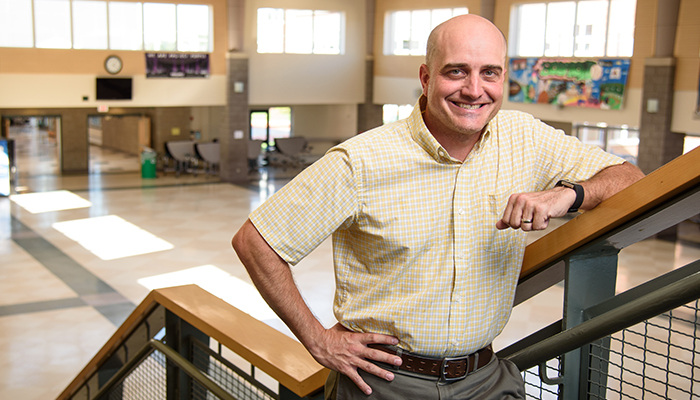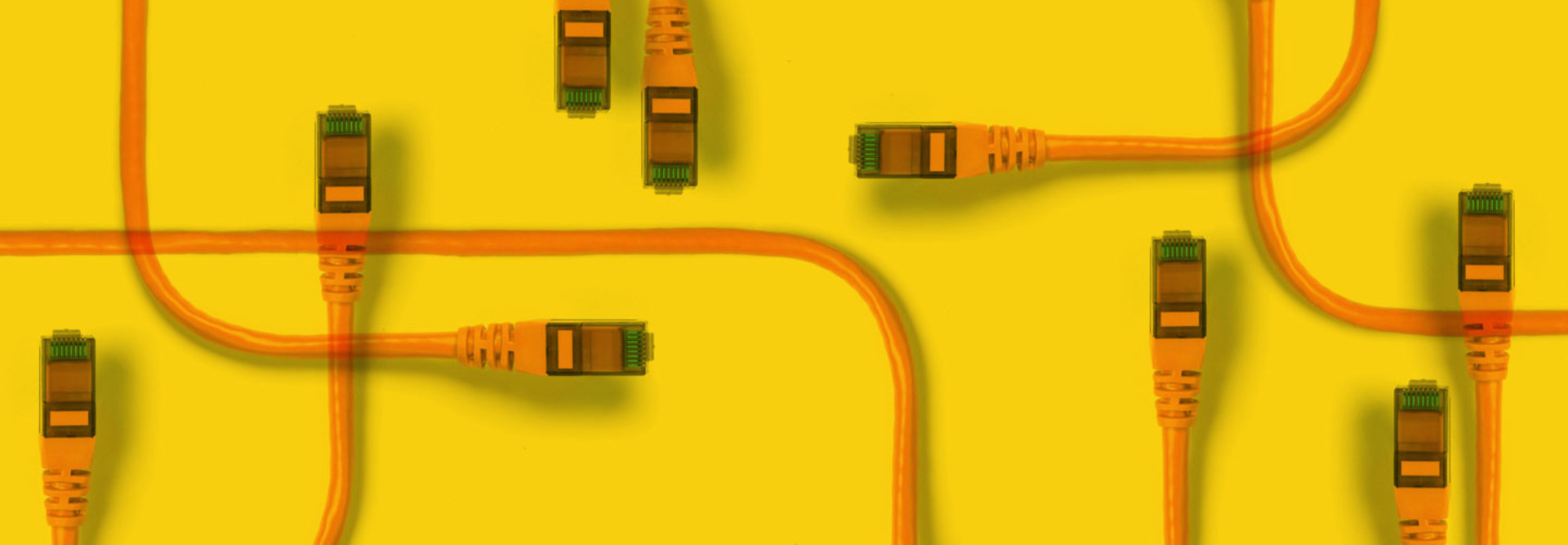This summer, the district was awarded a $73,000 state grant to fund infrastructure — including 50 Aerohive AP250 access points and a dozen Aruba switches — to accommodate a new rollout of 550 HP Chromebook 11 G6 EE devices for a second class of students, setting WRSD on its way to a one-to-one program for the entire high school.
It might seem obvious that robust broadband is necessary to support device deployments and online learning, but districts across the country struggle to keep up with rising demands for connectivity.
With funding help from the federal E-rate program, that’s beginning to change, and in most states, at least 90 percent of school districts now meet a minimum goal of 100 kilobits per second, per student, according to EducationSuperHighway’s “State of the States” report.
Now, says Richard Culatta, CEO for the International Society for Technology in Education (ISTE), the challenge is for those districts to use their new connectivity to transform teaching and learning.
“We have made so much progress on basic connectivity,” Culatta says. “Is there more to do? Yes. However, we are so much further than we have been.”
DOWNLOAD: Get CDW's latest insights report on supporting digital transformation.
Hawaii School Invests in Bandwidth Expansion
Hawaii has placed at or near the top of EducationSuperHighway’s state rankings over the past several years, based on factors such as connectivity, fiber and affordability. But less than a decade ago, the one-district state was struggling to meet schools’ bandwidth demands.
By 2011, the state was seeing 50 percent annual growth in network utilization, and when students sat for online standardized tests, school administrators would completely shut down all other internet use to avoid bottlenecks. “It was clear that we had to do something about the infrastructure,” says Brook Conner, assistant superintendent and CIO of the Hawaii Department of Education.

Starting in 2013, with the help of E-rate funding, the state aggressively moved to expand broadband availability. Today, every school has a minimum 100Mbps connection, and several high schools in the state have a 1Gbps connection. If a school uses more than 80 percent of its bandwidth, the state bumps up its limit to prevent problems.
The reliable connectivity, Conner says, allows teachers to make online resources a central component of unit and lesson plans in a way that wasn’t possible when connections were spotty.
“It enables better school design, better teacher collaboration and more student voice,” he says. “We give schools as much technological capability as possible, so we can give everybody access to the rich world of information that is out there. That’s our mission. You show up at our door, and we will give you a quality education. And today, you cannot provide quality education without technology.”
K–12 Schools Need to Maintain the Use of New Tech
It’s not enough for schools to simply open up a 1Gbps internet pipe and walk away. Officials must put devices in teachers’ and students’ hands, support growing demand for connectivity, prepare students to be good digital citizens and train instructors to incorporate technology into teaching and learning.
“You have schools that are getting this connectivity and using the technology to just duplicate traditional practices,” says Culatta. “Instead of doing a worksheet on paper, they find a worksheet on the internet. That, of course, doesn’t give you any of the benefits of technology.”
MORE FROM EDTECH: Check out why broadband is one of the top concerns for K–12 IT leaders!
Continual Investment Is the Key to Successful Technology Integration
Northern Cass School District 97 in North Dakota, which operates a single pre-K–12 school, has gradually increased its speeds over time. The district grew from a 56K frame relay many years ago to a 250Mbps connection today, supporting a one-to-one device program at both the elementary and high school levels. Although all students in the district have had access to high-speed internet for about a decade, administrators continue to make investments to support online learning.

A robust infrastructure is a must for a one-to-one program, says Wachusett Regional School District’s Barry Sclar. Photo: Adam Murphy
When the district rolled out tablets in grades 1 through 5, for example, teachers initially struggled to use the devices because the wireless infrastructure couldn’t keep up. Officials solved that by putting an AP in each classroom. Over the next year, the district will upgrade its wiring closets and begin to refresh Wi-Fi access points. “It’s an ongoing effort,” says Tim Keckler, technology coordinator for the district.
Darin Eller, technology integration specialist for Northern Cass, is a former third-grade teacher, and he recalls how important high-speed internet was for allowing his students to push their learning beyond the scope of their textbooks. “The classroom shrinks when you don’t have access,” he says. “When you’re connected, it opens up a whole new level of learning, for both teachers and students.”










